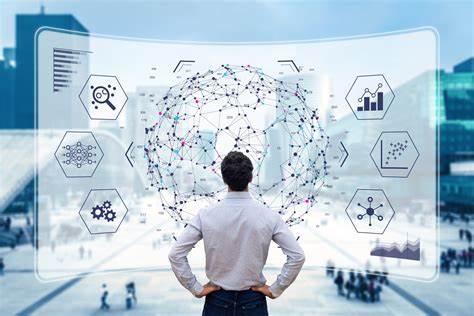With a continuous stream of invention and innovation, it is evident that technological progress is unstoppable and there are no barriers to it. Just like computer printing has moved to another mind-blowing level, allowing users to make physical models of everything through 3D printing (it is being widely used in construction to make houses and other buildings etc.). However, in the midst of all this technological development and evolution there has been a lot of obstruction too, since systems are not user friendly always. For example, when developers use code scanning tools, the application tools gives them suggests that they cannot implement and use in that context. Similarly, the weather forecast doesn’t always give the exact projections. Even while using your phones or laptops the autocorrect often leads to tenses error and spelling mistakes. This means it has an inadequate human computer interaction.
What
is Human Computer Interaction?
Human Computer Interaction also known as "man machine study" is a field that explores the interaction between physical labor and computer technology and how it affects people. HCI's main focus is on user centered design while they use computer technology. The main purpose behind it is to make users experience interesting, easy and simple. The concept of design here is concerned more with satisfaction of users and efficiency of computers. Previously, it was difficult to use the personal computers and it requires much training because of the complexities associated with the system. There were problems in moving the mouse and even typing on those old phones was an issue. As HCI came in the 80's, devices, soft wares, applications and gadgets became efficient, intelligible and more functional for everyone who used.
Applications of Human Computer Interaction
1. Daily life
Today HCI is being used everywhere as technology and automated machines have crept in. Whether you use Kiosks for ordering food at a restaurant, ATM or vending machines at a mall or even make use of the general ticketing system at a railway station, you indirectly use computers. It is important to make sure that the interface is convenient, safe and useful.
2. Businesses and other sectors
Nowadays, almost all the industries and businesses depend on technology for its day to day activities and operations. A well designed and easy to use system makes the workforce more productive and the staff is more satisfied when all the processes and procedures take place smoothly. HCI plays a vital role in industries such as power plants, national defense and security, control centers for airplanes. A minor flaw in the design of the safety critical systems can cause destructive effects and fatalities.
3. Untrained users or those with certain disabilities
When building systems it is important to pay attention to every individual user with different level of experience, skills and knowledge. HCI must be considered in this regard so that secure, practical and usable systems are provided to everyone, even those users with certain impairments or disabilities. Other than that, after interacting with the computer software, users want to learn, grasp and have a basic know how of the features rather than going in depth of the system through intensive training. Thus, HCI designers come up with unique ideas and strategies that improve user experience and provide them with feasible interfaces.
Human Computer Interaction is becoming more exciting. Whether you
want to search a product through Google Voice Search or get an immersive
experience through Virtual Reality, HCI makes your interaction seamless.

No comments:
Post a Comment